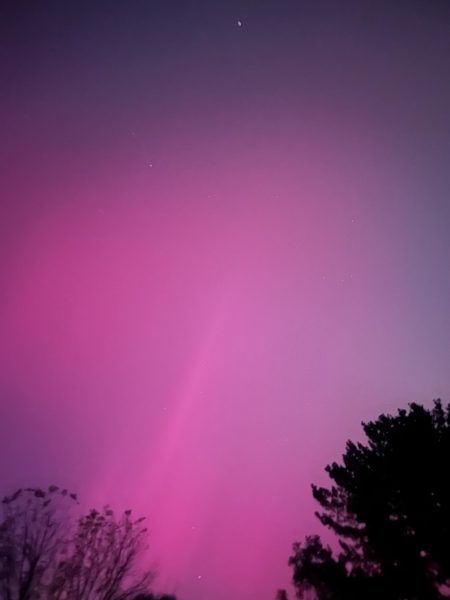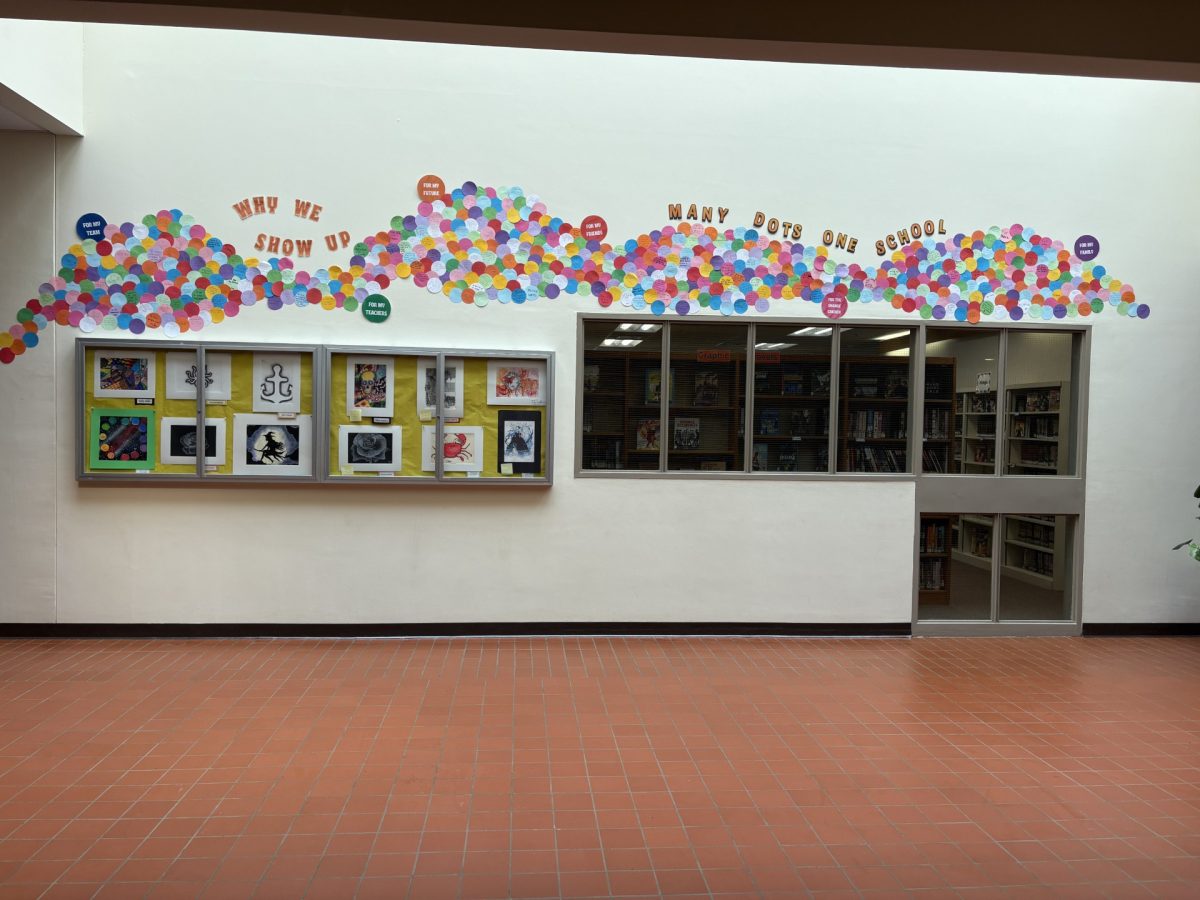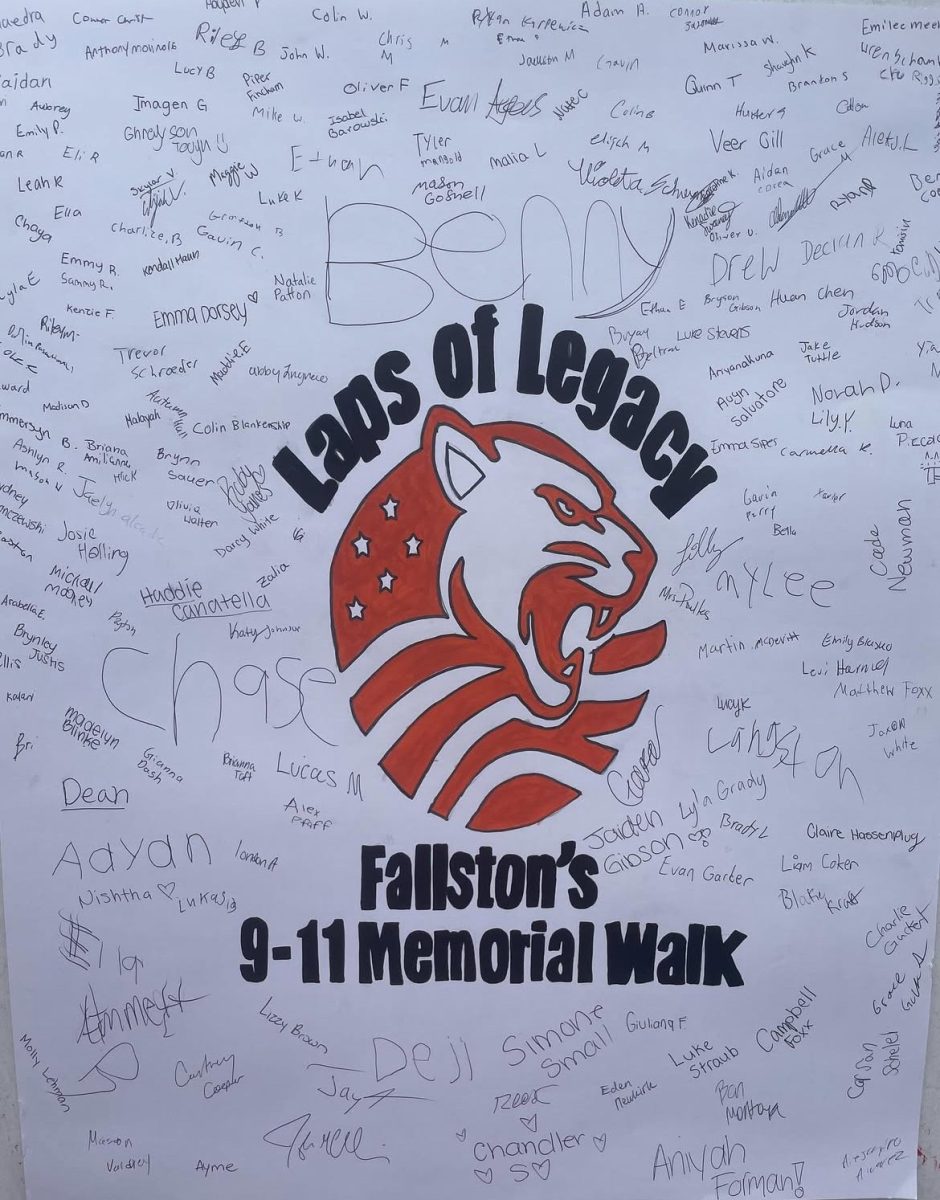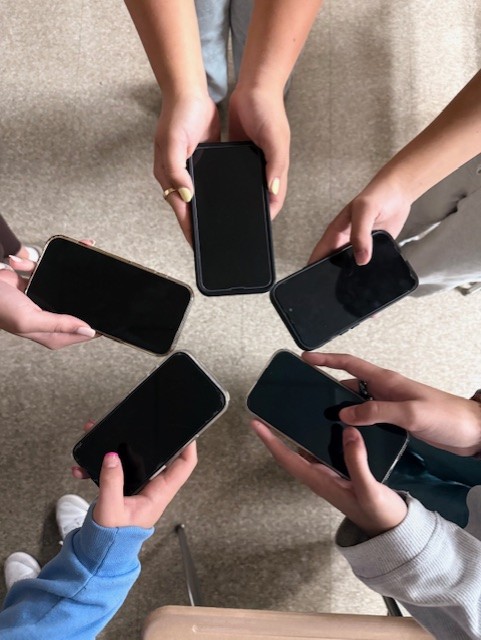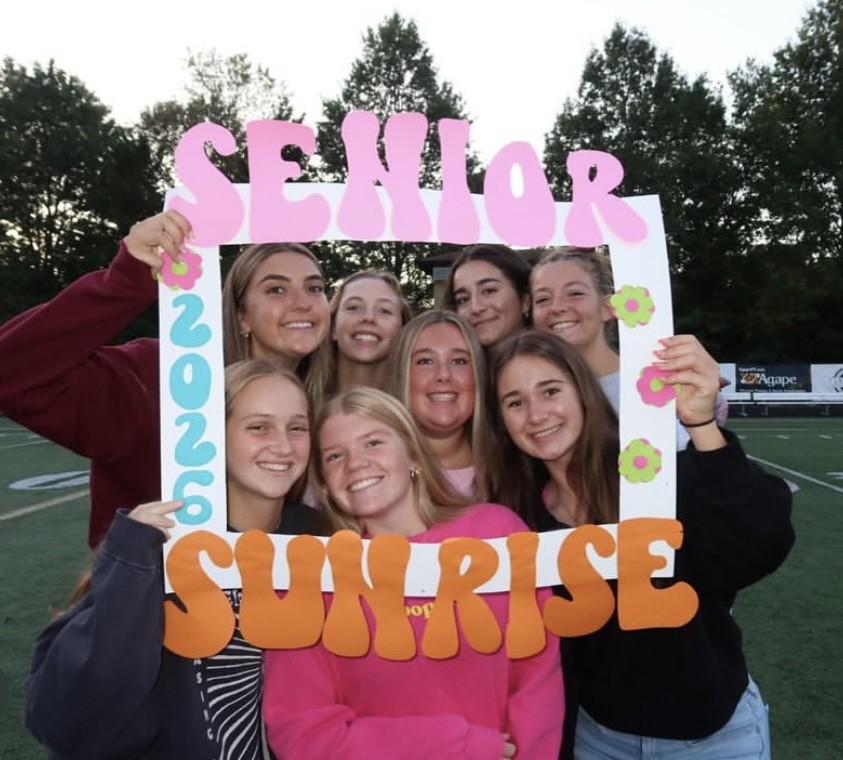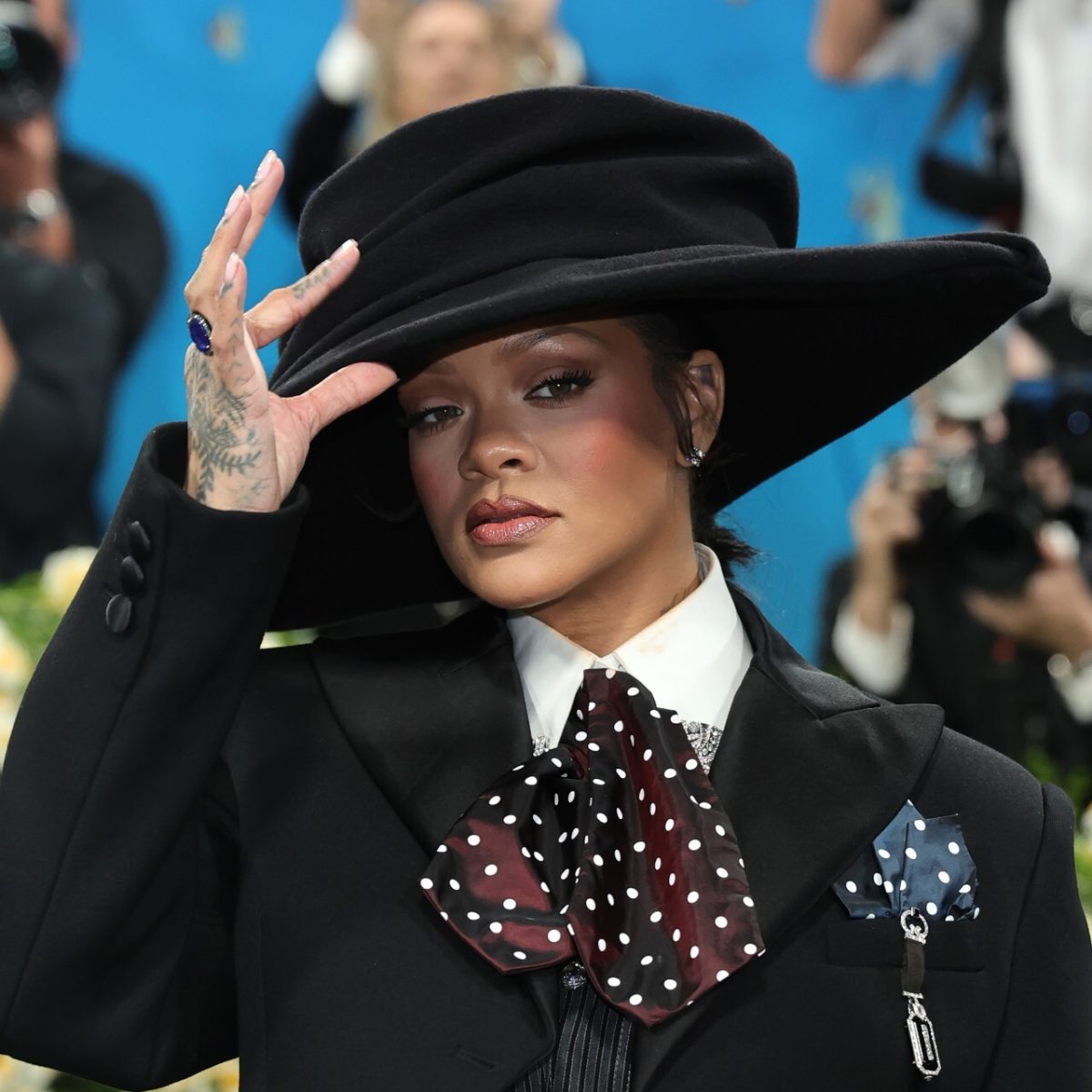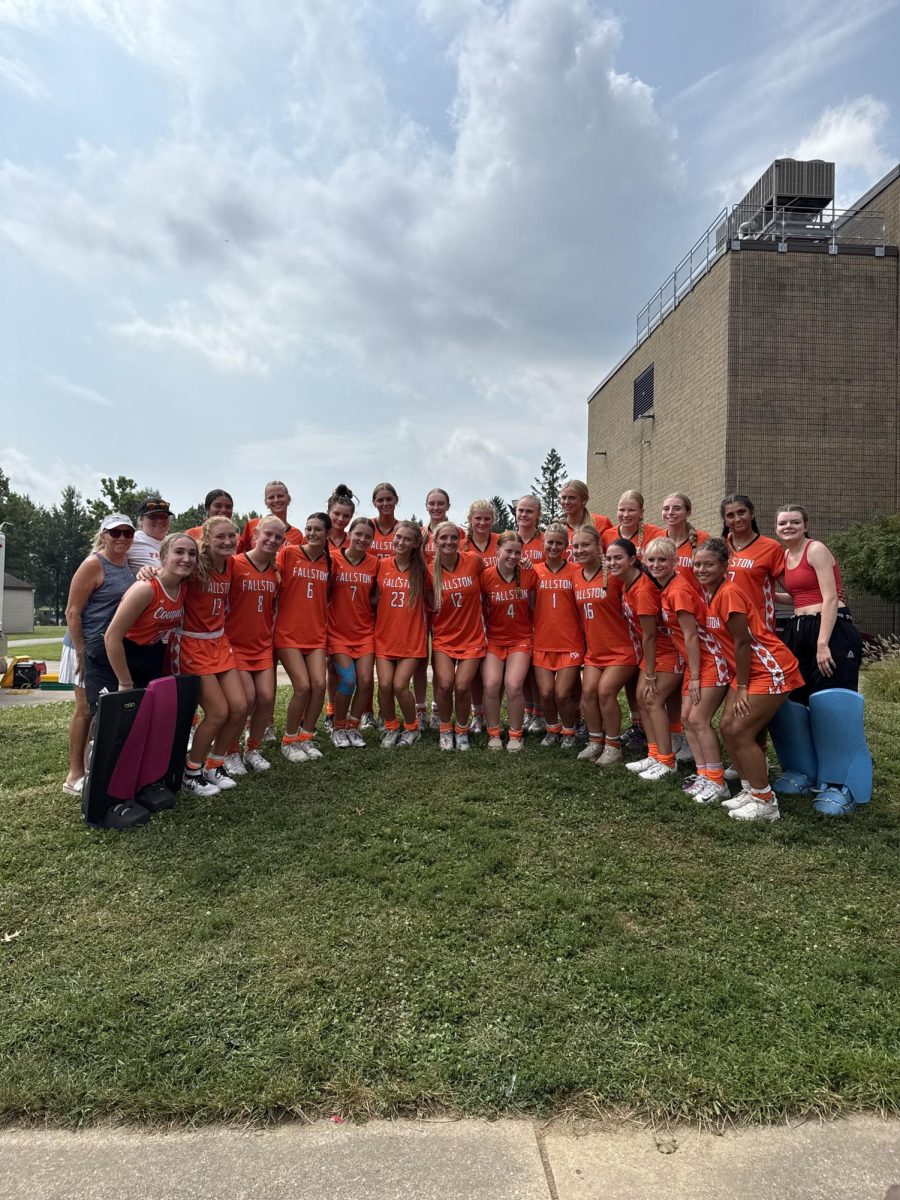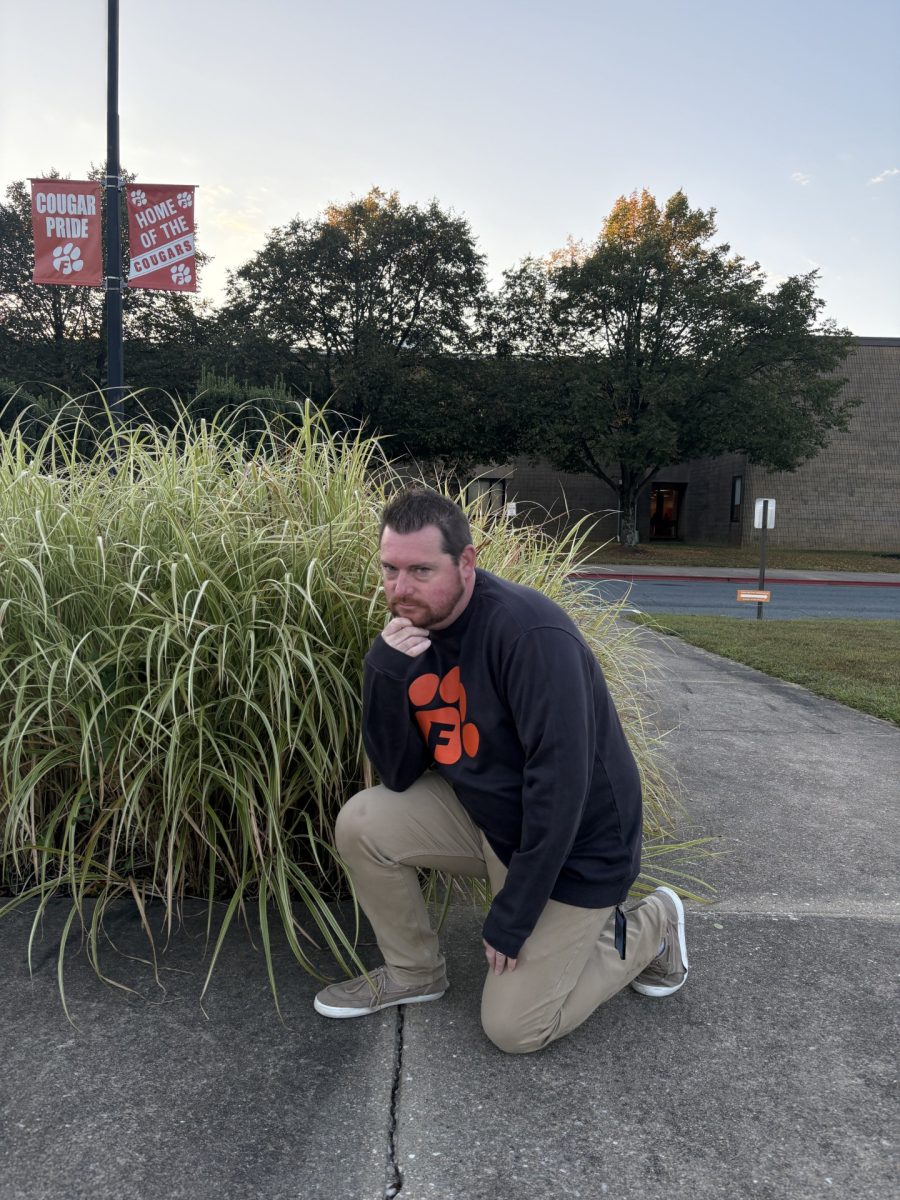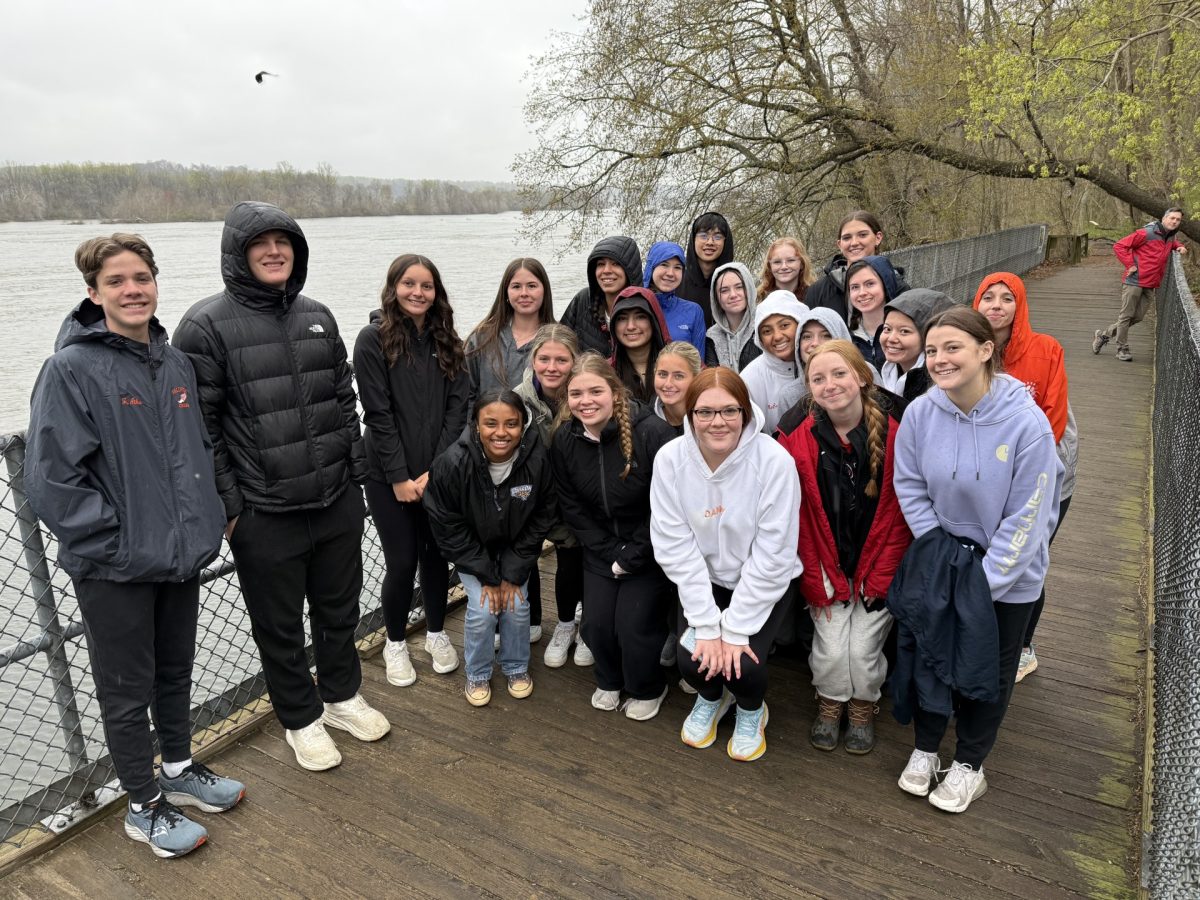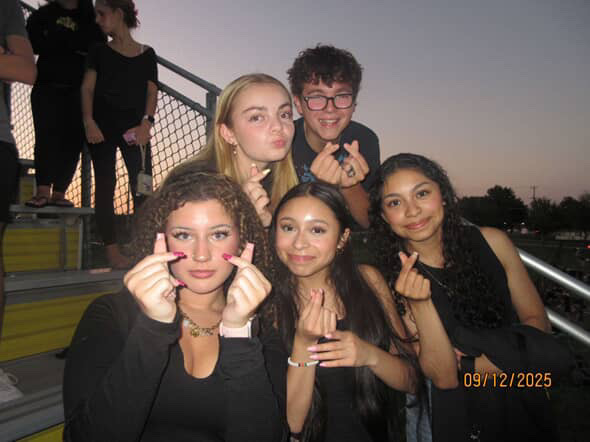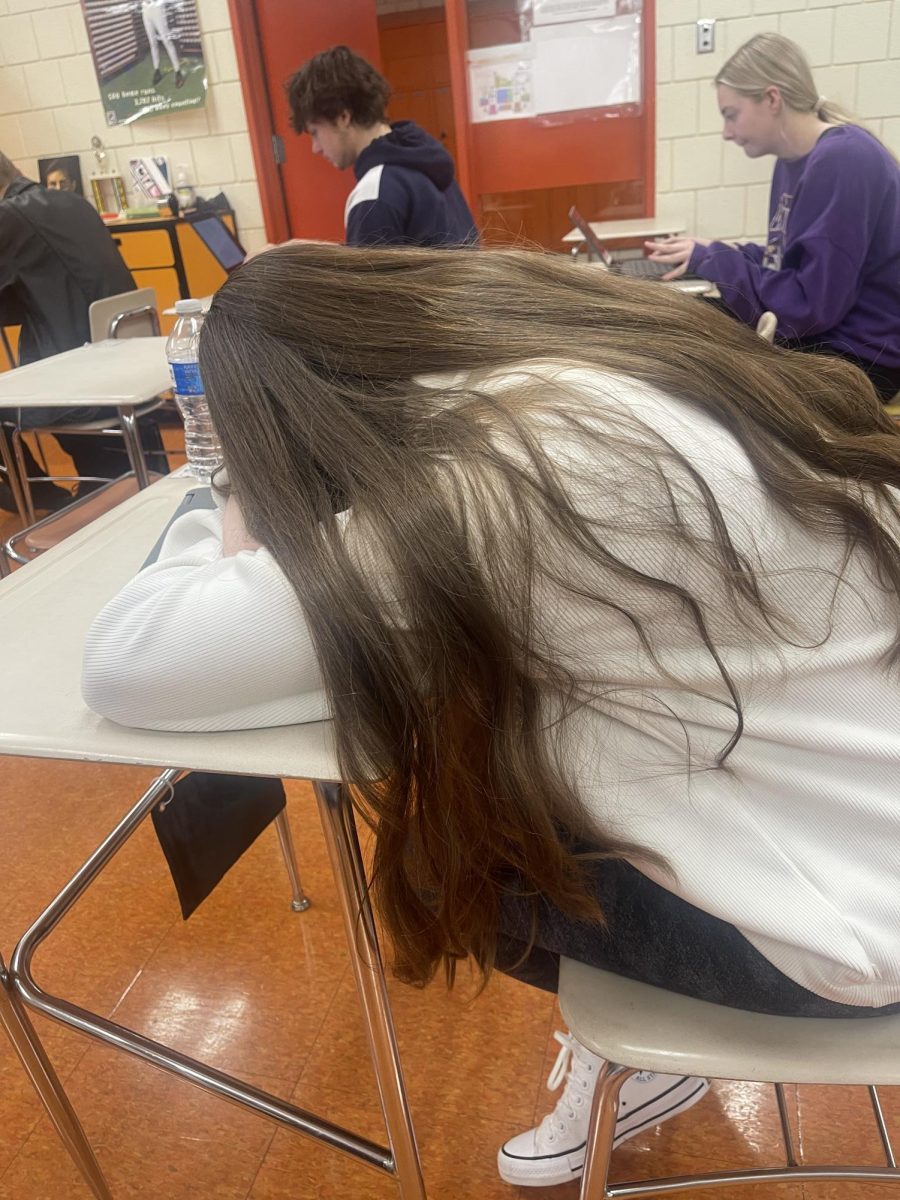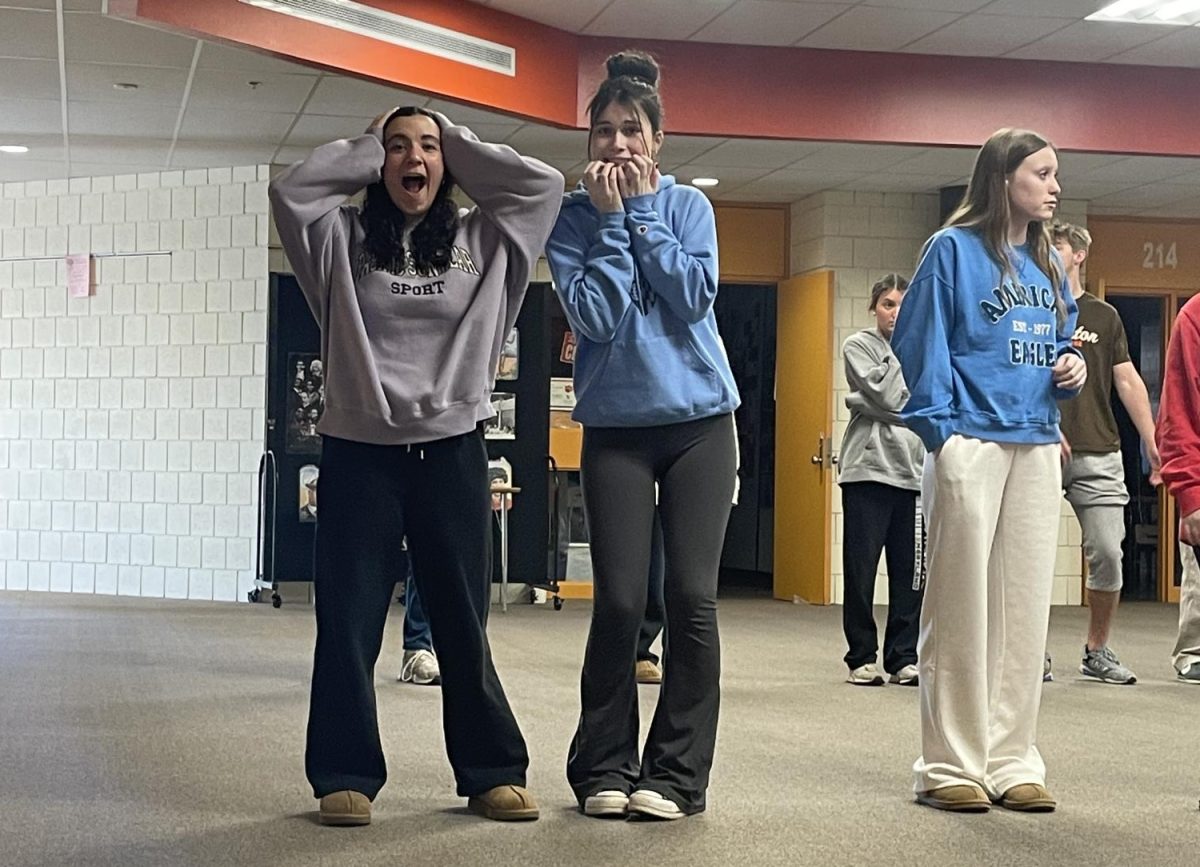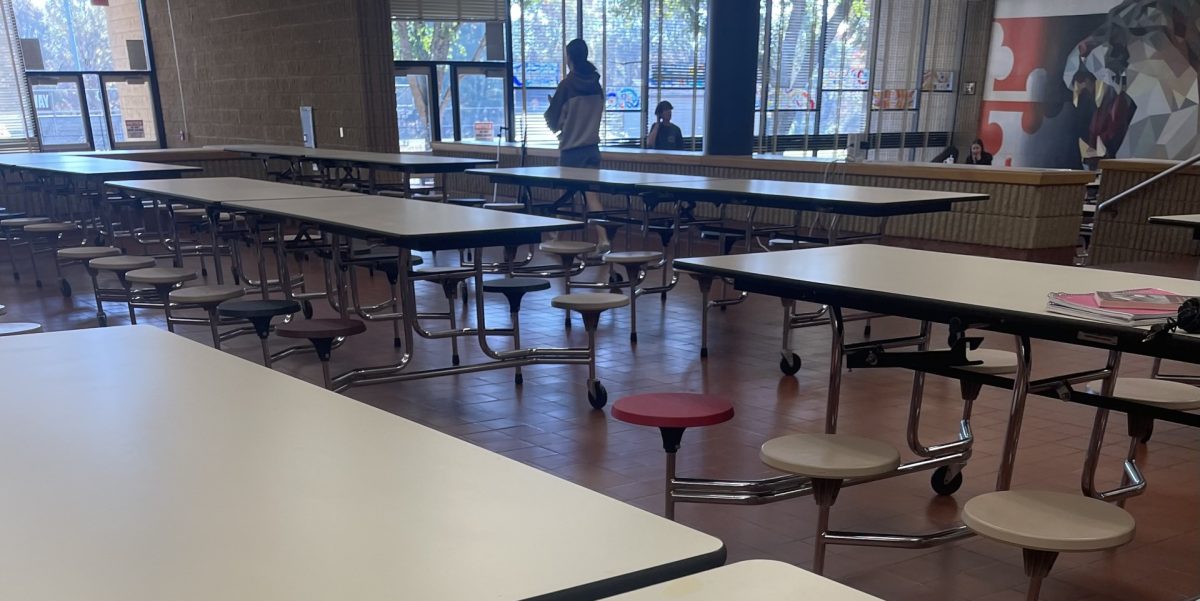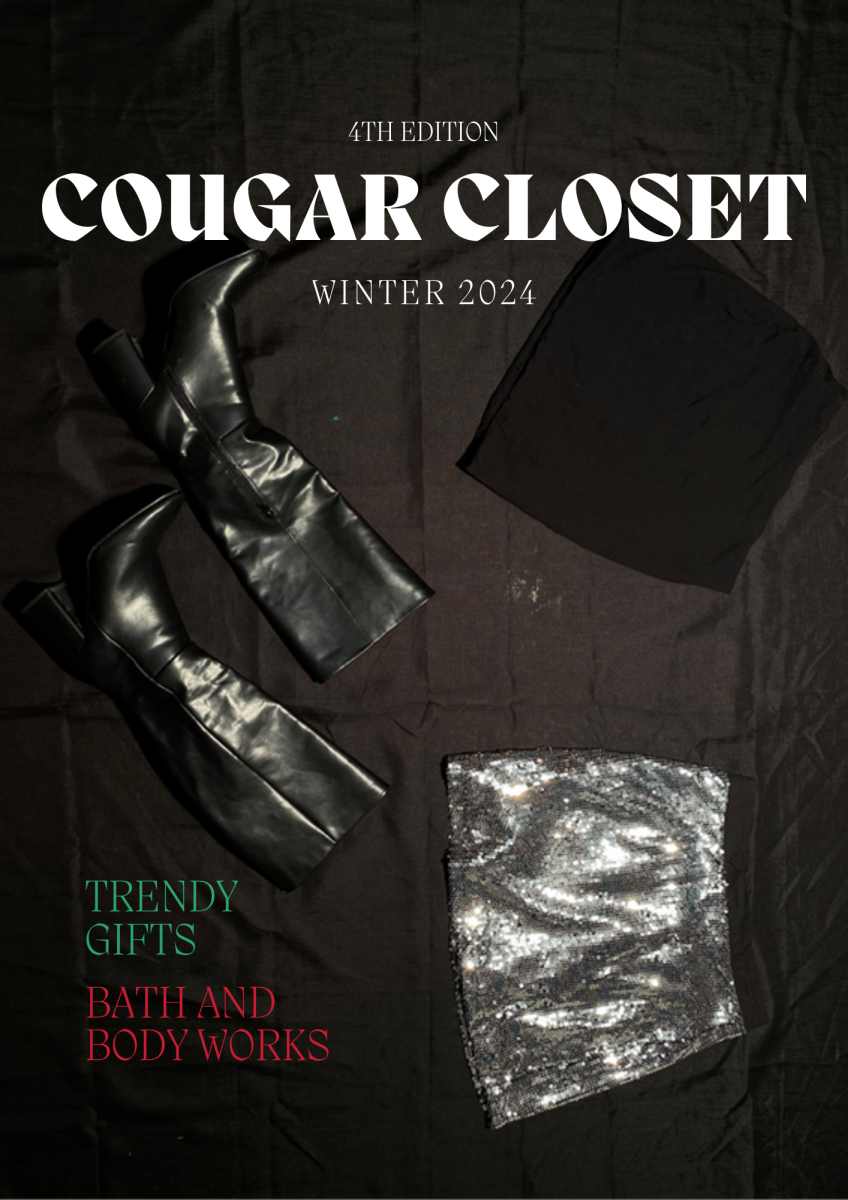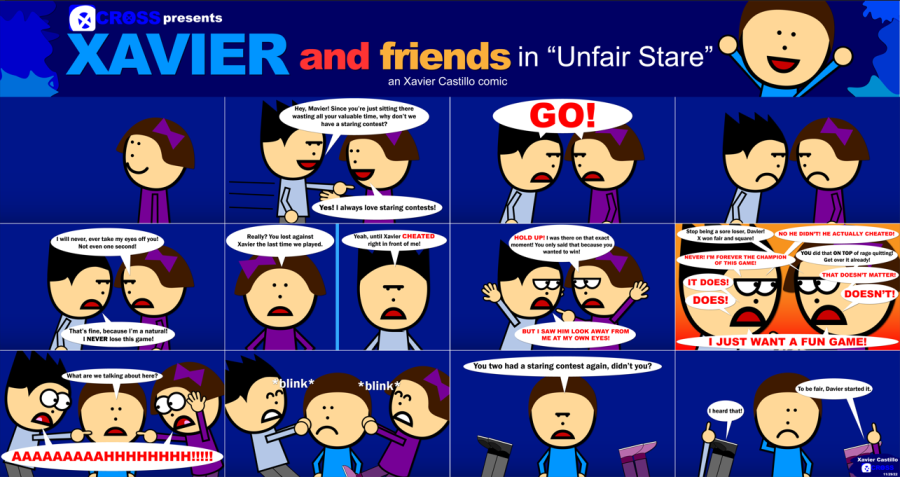In case you hadn’t heard or seen, on Thursday, October 10, Marylanders were able to catch a glimpse of the naturally occurring phenomenon, aurora borealis, also known as the Northern Lights.
“October is off to a great start with a couple of free astronomy shows. Just look up! Many of you saw the rare event of the aurora borealis (Northern Lights) this low of latitude,” noted Mr. McLeod, the Environmental Science teacher here at Fallston. “There was major solar activity a few days ago and we were awed by reds, yellows and greens.”
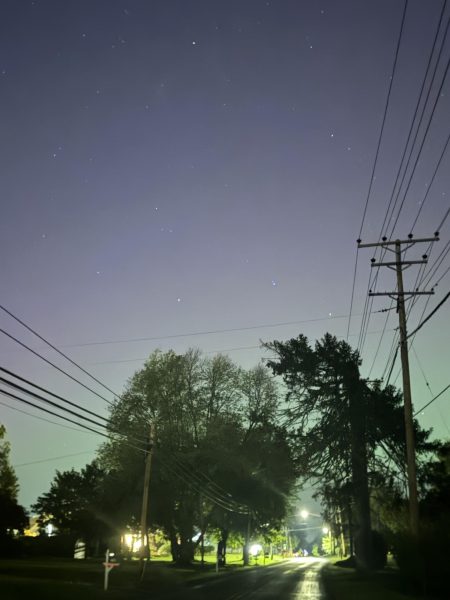
Typically, this sensation is confined to the “aurora oval.” This is an area that spans about 1,500 miles around the North Pole, including parts of Canada, Alaska, Finland, Greenland, Iceland, Norway, Russia, and Sweden, with prime season to see the show being between late August and early April.
Though the lights are hard to predict due to weather, solar activity, and earth’s geomagnetic field position, if the conditions are right, they’re quite gorgeous. Being caused by solar particles colliding with atoms in our atmosphere, the variety of colors depends on which atoms are being struck. If green or red is seen, oxygen atoms are the target; purple and green, nitrogen atoms; and blue and purple means helium and hydrogen. Those are just a few examples, as the northern lights can also appear as orange, pink, scarlet red, and even yellow. Here, we mostly saw pink, meaning the solar particles were colliding with nitrogen.
On social media, many people were posting the photos they took of the event. Kaylee Spiegel was particularly moved by the lights, saying, “I thought they were so beautiful and just wish I could see that every night!”
There have been some other astronomical events that happened this month. Perhaps you caught the Super Moon on Friday, October 18, and an Orionid meteor shower on October 21 and 22.
